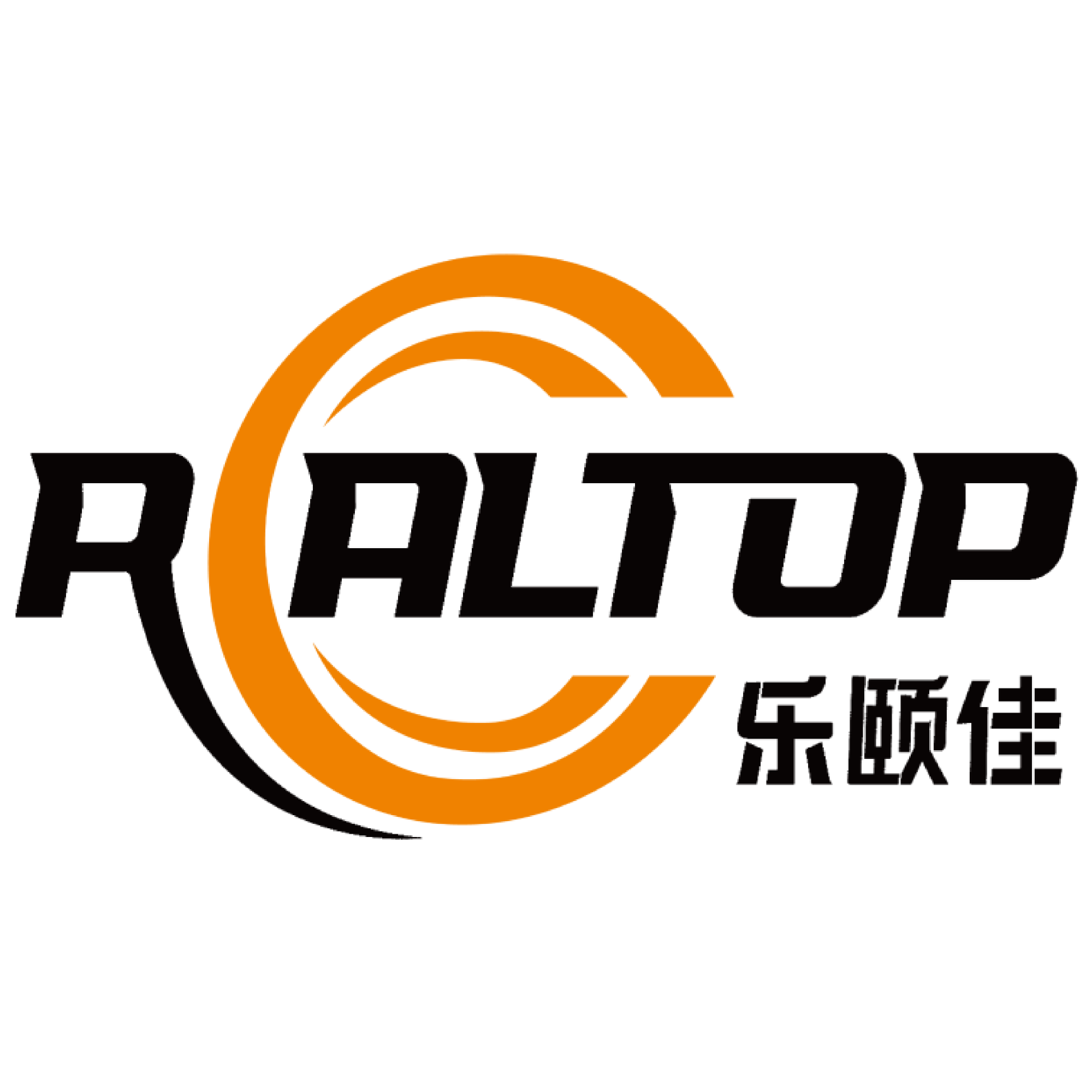Precision Engineering in Advanced Leather Cutting Systems
Multi-Layer Cutting Capabilities for Complex Designs
Advanced leather cutting systems, such as those from Assyst Bullmer, are tailored to handle multiple layers of material simultaneously, greatly enhancing efficiency. This capability is vital for industries where intricate designs are essential, such as fashion and automotive. The ability to cut through various thicknesses allows manufacturers to craft detailed patterns without compromising material integrity, ensuring high-quality outcomes. Studies suggest that multi-layer cutting can boost productivity by up to 30%, demonstrating a significant improvement in the use of time and resources.
Automated Nesting Algorithms for Material Optimization
Automated nesting algorithms are a key feature in optimizing material usage, and they are expertly implemented in Assyst Bullmer's leather cutting systems. This technology precisely calculates the most efficient pattern layout on leather sheets, thereby significantly reducing waste. In sustainable manufacturing, this is crucial as it conservatively uses material, minimizing scraps. Research indicates that improved nesting can lead to up to 20% less waste, proving essential for eco-friendly production practices.
Dual-Motor Drive Systems for Enhanced Accuracy
Dual-motor drive systems in advanced cutting machines enhance precision, resulting in cleaner cuts and reduced material distortion. This innovation allows manufacturers to achieve faster cutting speeds without sacrificing accuracy, suitable for high-velocity production scenarios. Companies using dual-motor systems, such as Assyst Bullmer, report a reduction in error margins by up to 50%, leading to notably improved product quality. This advancement underscores precision engineering's role in innovation, ensuring consistently superior results for leather goods production.
Cutting-Edge Technologies Transforming Leather Production
CNC Integration for Millimeter-Perfect Repeats
CNC technology is pivotal in leather production as it ensures precise execution of design specifications, which are crucial for maintaining consistency in mass production. This technology enables manufacturers to craft complex patterns that manual methods can scarcely replicate, offering enhanced versatility and creativity in design. Research shows a substantial 90% improvement in repeatability and accuracy after adopting CNC, which is vital for sustaining high standards and meeting market demands.
AI-Powered Defect Recognition Systems
AI-powered systems are transforming leather quality control by analyzing sheets for defects prior to cutting, ensuring only premium materials proceed through production. By eliminating defective pieces early, these systems not only conserve material but also elevate overall product quality. After employing AI defect recognition, manufacturers have seen over a 25% drop in rejection rates, significantly boosting production efficiency and product integrity.
Laser-Guided Cutting Paths for Delicate Materials
Laser-guided paths represent a leap in precision, especially beneficial for handling delicate leather types that risk tearing. The use of lasers reduces the heat-affected zone, preserving the leather's integrity and finishing. Industry insights reveal that employing laser guidance cuts down post-cutting finishing tasks by roughly 40%, thus enhancing efficiency and resulting in superior end products. This technology is indispensable in precision-oriented operations requiring meticulous cutting accuracy.
Industrial Applications Across Manufacturing Sectors
Automotive Interior Component Fabrication
Precision and quality are vital in automotive interior manufacturing, where leather cutting machines are essential. These machines ensure that each piece fits perfectly, contributing to the overall finish and aesthetics of car interiors. The ability to handle large volumes without compromising on quality is crucial for automotive manufacturers aiming to meet high production demands while maintaining customer satisfaction.
Luxury Handbag and Accessory Production
In the luxury goods sector, advanced leather cutting machines are indispensable for producing intricate designs that meet market demands. These machines combine high efficiency with unwavering quality, making them essential for high-end product manufacturing. With precision cutting abilities, they help produce exquisite luxury handbags and accessories that attract discerning customers seeking uniqueness and flawlessness in design.
Aircraft Upholstery and Technical Textiles
The aviation industry relies heavily on specialized leather cutting machines for its upholstery needs. Precision and safety are paramount in this sector, where advanced cutting solutions are used to ensure textiles comply with stringent safety regulations. Not only do these cutting machines maintain the aesthetic appeal of aircraft interiors, but they also guarantee the materials meet safety standards, reinforcing the importance of leather cutting technology in aviation.
Operational Advantages Over Traditional Methods
Scrap Reduction Through Smart Pattern Arrangement
One of the key benefits of modern cutting systems is the innovative use of smart pattern arrangement technologies. These allow for strategic placement of cuts, which significantly reduces material waste. By maximizing efficiency in the cutting process, these systems ensure that every piece of material is utilized optimally, thus minimizing scrap. This efficient use of raw materials not only leads to lower operating costs but also contributes to a more sustainable and environmentally friendly production process, making it an advantageous choice for manufacturers.
Energy-Efficient Cutting Cycles
Advanced leather cutting systems are engineered to consume markedly less energy than conventional methods, contributing to substantial cost reductions in operation. This energy efficiency becomes a dual advantage: it reduces the overall production costs while also aligning with sustainable manufacturing practices. As industries seek to incorporate more environmentally responsible methods, the reduced energy consumption of these systems supports these green initiatives. Energy-efficient machines, therefore, serve as a critical factor in achieving economic and ecological benefits.
24/7 Production Readiness with Minimal Supervision
Automated cutting systems offer the distinctive advantage of enabling continuous operation with minimal supervision. These advanced systems allow companies to maintain production lines operational 24/7, thereby maximizing output rates. This capability not only ensures that high demand can be met but also enhances the resilience of manufacturing processes. By reducing the dependency on manual labor and increasing efficiency, these systems support a seamless and uninterrupted workflow, which is essential for industries with rigorous production schedules.
Specialized Cutting Solutions Comparison
Leather vs. Composite Material Cutting Requirements
Understanding the distinct cutting requirements for leather and composite materials is crucial for manufacturers when selecting appropriate technology. Leather cutting demands specific settings, notably in blade sharpness and machine speed, due to its texture and natural variations. In contrast, composite materials require a different approach where cutting precision is paramount to prevent material fraying or delamination. These variations significantly impact the precision and finish of the final product, necessitating tailored machinery and settings that cater to each material's unique properties.
Manual vs. Automated Workflow Efficiency Metrics
Comparing manual and automated workflows highlights the efficiency advantages automation brings to production processes. Automated workflows not only enhance precision but also reduce labor costs by minimizing human intervention. They allow for faster production cycles, which is critical in competitive markets that demand high-speed outputs. Additionally, automation ensures consistent quality, reducing errors that are often associated with manual processes. These advantages make automated systems an increasingly integral part of modern manufacturing environments, optimizing both cost and time efficiency.
Industry-Leading Leather Cutting Machines
Townsend High-Speed Pattern Cutting System
The Townsend High-Speed Pattern Cutting System is renowned for its exceptional cutting speed, making it ideal for high-volume production environments. This cutting machine excels in delivering advanced features that enhance precision, effectively reducing rework and waste. By operating at high speeds, the Townsend system caters to manufacturers who require efficiency in meeting tight deadlines while maintaining product quality.
Realtop CXS2513 Multi-Material Production Cutter
The Realtop CXS2513 stands out as a versatile cutter capable of accommodating a wide range of materials. This machine broadens production capabilities and usability across different sectors, allowing businesses to efficiently manage various projects without the need for multiple specialized devices. Its built-in user interface facilitates quick adjustments and precise settings, thereby enhancing operational efficiency and ensuring that manufacturers can adapt swiftly to changing requirements.
TPS TS-3016 Triple-Gantry Intelligent Cutting System
The TPS TS-3016 boasts a unique triple-gantry system that significantly elevates cutting speed and operational flexibility. This cutting system is designed to incorporate adaptive technology, which automatically adjusts settings based on the material being cut, leading to improved performance and safety. By embracing intelligent design, the TPS TS-3016 offers increased reliability and productivity, ensuring manufacturers achieve optimal results in diverse cutting scenarios.
FAQ
What are the benefits of using multi-layer cutting capabilities?
Multi-layer cutting capabilities significantly enhance efficiency by allowing manufacturers to cut through various material thicknesses simultaneously, producing intricate designs without compromising material integrity.
How do automated nesting algorithms optimize material usage?
Automated nesting algorithms calculate the most efficient pattern layout on material sheets, helping to reduce waste and conserve materials, which is essential for sustainable manufacturing practices.
Why are dual-motor drive systems important in cutting machines?
Dual-motor drive systems improve accuracy and precision in cutting processes, leading to cleaner cuts, reduced distortion, and faster production speeds without sacrificing quality.
How does CNC technology improve leather cutting?
CNC technology facilitates precise execution of design specifications, ensuring consistency and accuracy in mass production, thus significantly improving repeatability and quality of leather products.
Table of Contents
- Precision Engineering in Advanced Leather Cutting Systems
- Cutting-Edge Technologies Transforming Leather Production
- Industrial Applications Across Manufacturing Sectors
- Operational Advantages Over Traditional Methods
- Specialized Cutting Solutions Comparison
- Industry-Leading Leather Cutting Machines
- FAQ
 EN
EN
 AR
AR
 FR
FR
 DE
DE
 IT
IT
 KO
KO
 PT
PT
 RU
RU
 ES
ES



